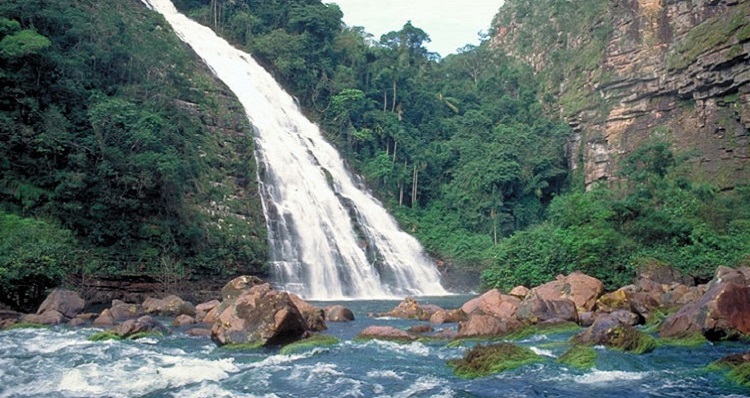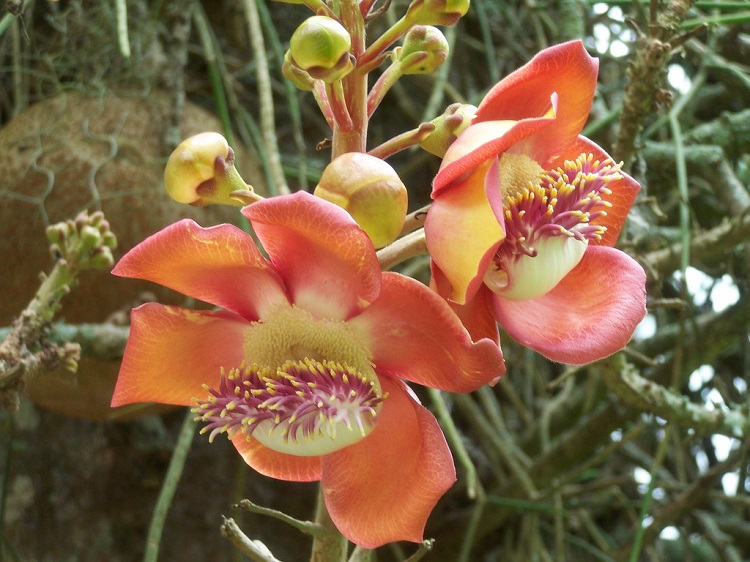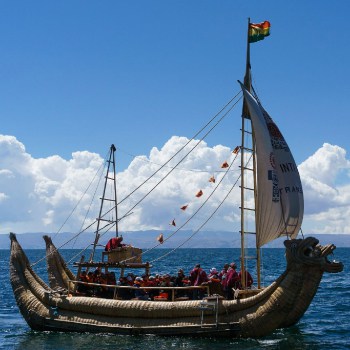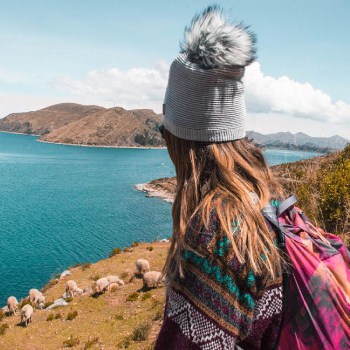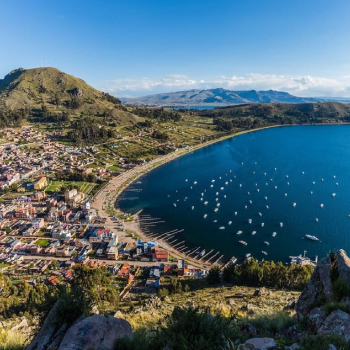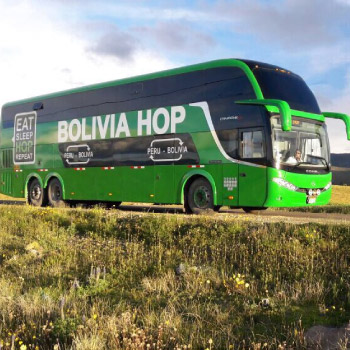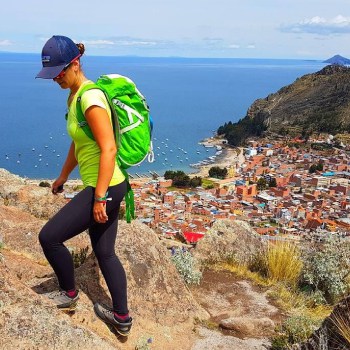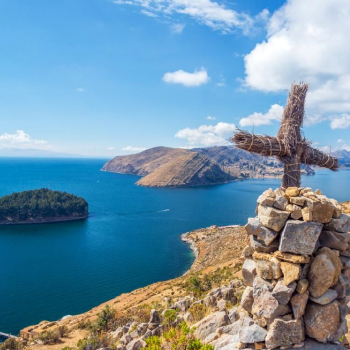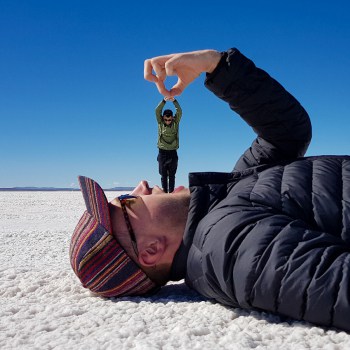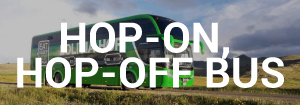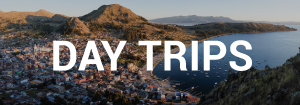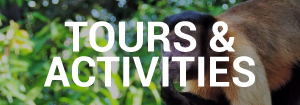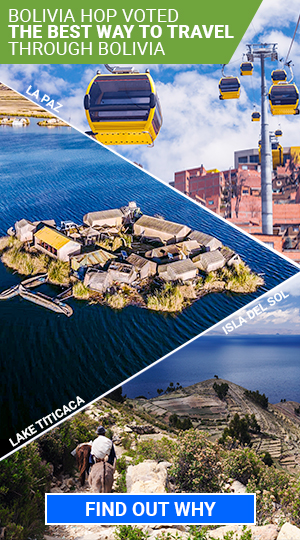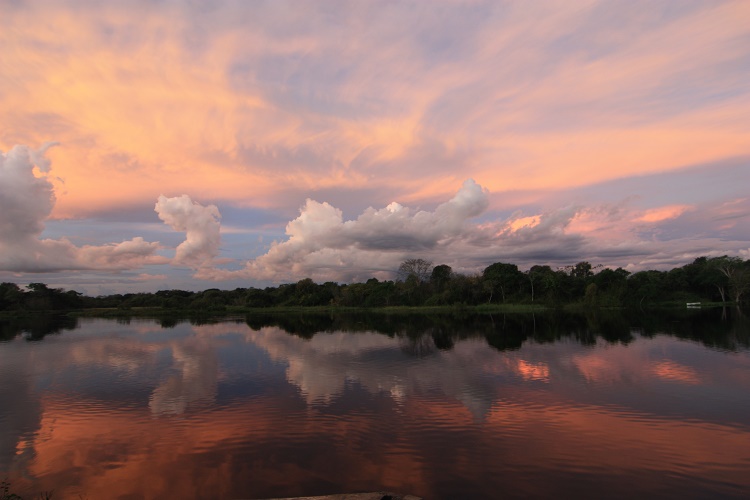
Photo Credit: Nicks Adventures Bolivia
Plants and Wildlife
 Home to more than 130 species of mammal, 620 species of bird, 62 species of amphibian, 347 species of insect and more than 70 species of reptile, Noel Kempff’s isolated position in the Bolivian Amazon makes for a unique wildlife viewing experience.
Rare animals found within the park’s boundaries include giant armadillos, pink river dolphins, jaguars, green & yellow anacondas, black caimans, tapirs, spider monkeys, macaws and rare river otters. Particularly of interest are the amphibians and reptiles of Noel Kempff National Park which are among the most diverse in the Americas. Unfortunately, many of these species are critically endangered, making conservation research at Noel Kempff more relevant than ever.
For botanists and plant lovers, a trip to Noel Kempff will not disappoint. It is estimated that the region contains approximately 4.000 species of vascular plants, including bromeliads, passion flowers, heliconias, aroids, and palms as well as important woods like the “Mara” (mahogany). Such diversity can be attributed to the park’s wide range of habitats, making Noel Kempff a thrilling place for scientists to study the rich fauna.
Teeming with an amazing array of wildlife and plants, many of which are unique to Bolivia, it’s incredible to think there are still thousands of species yet to be discovered inside Noel Kempff National Park.
Home to more than 130 species of mammal, 620 species of bird, 62 species of amphibian, 347 species of insect and more than 70 species of reptile, Noel Kempff’s isolated position in the Bolivian Amazon makes for a unique wildlife viewing experience.
Rare animals found within the park’s boundaries include giant armadillos, pink river dolphins, jaguars, green & yellow anacondas, black caimans, tapirs, spider monkeys, macaws and rare river otters. Particularly of interest are the amphibians and reptiles of Noel Kempff National Park which are among the most diverse in the Americas. Unfortunately, many of these species are critically endangered, making conservation research at Noel Kempff more relevant than ever.
For botanists and plant lovers, a trip to Noel Kempff will not disappoint. It is estimated that the region contains approximately 4.000 species of vascular plants, including bromeliads, passion flowers, heliconias, aroids, and palms as well as important woods like the “Mara” (mahogany). Such diversity can be attributed to the park’s wide range of habitats, making Noel Kempff a thrilling place for scientists to study the rich fauna.
Teeming with an amazing array of wildlife and plants, many of which are unique to Bolivia, it’s incredible to think there are still thousands of species yet to be discovered inside Noel Kempff National Park.
Weather
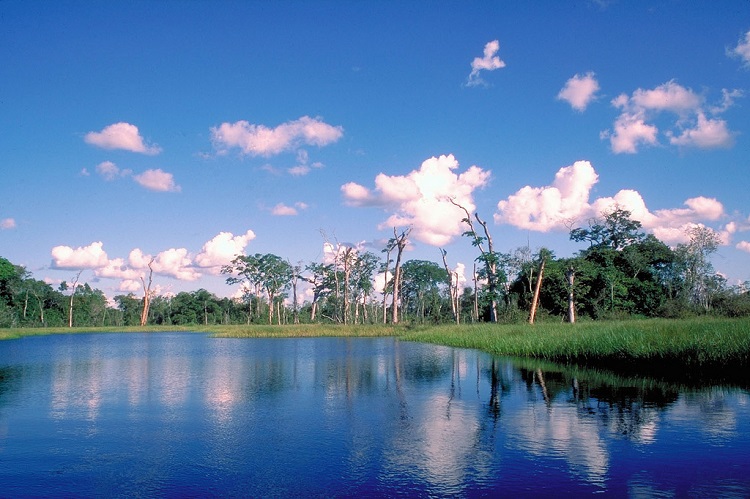
Photo Credit: Pattrön
- Rainy season (summer) from October to April
- Dry season (winter) from May to September
Bolivian Life Quick Tip:
As voted the best way to travel around Bolivia and Peru, we highly recommend choosing Bolivia Hop as your means of transport. Their safe, flexible and trustworthy service have proven to be the best way of getting the most out of your time in South America!
Popular Things To Do
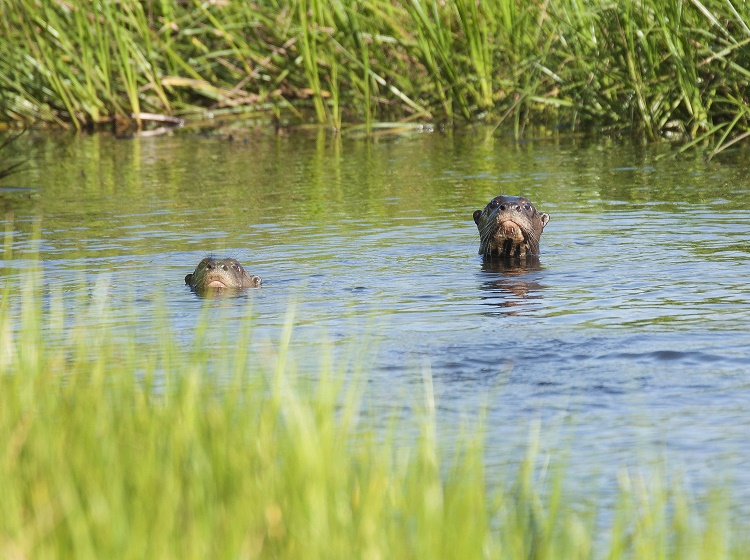
Photo Credit: Nicks Adventures Bolivia
- Fly over hundreds of kilometers of pristine rainforest
- Cruise along the Iténez river to see pink river dolphins
- Splash about at the spectacular Feerico Ahlfeld and Arco Iris waterfalls
- Hike along beautiful trails to the camps “Las Torres” and “Lake Caiman”
- Explore the woodland savannas around Flor de Oro
- Go birdwatching, looking out for brightly colored macaws, white-banded swallows, orange-winged parrots, and black skimmers
- Take a boat ride along Pauserna River watching out for giant river otters, caiman, monkeys and even the elusive jaguar!
- Climb the red cliffs of Huanchaca Plateau
- Soak in sweeping views over the Amazonian rainforest from above the Caparú mesa
- Bathe in the crystal clear waters of the stunning 80 meter high El Enchanto waterfall
- Camp out on the 100 x 60 kilometer rock/platform of La Mesta, keeping an eye out for pumas and other large mammals like tapirs, peccaries and jaguars
- Hike through deciduous forest habitats on the lower slopes of La Meseta
- Set off on a night walk, looking out for the glowing eyes of the park’s nocturnal animals
- Take a canoe trip along the tannin-stained waters of the Paraguá River
Tours
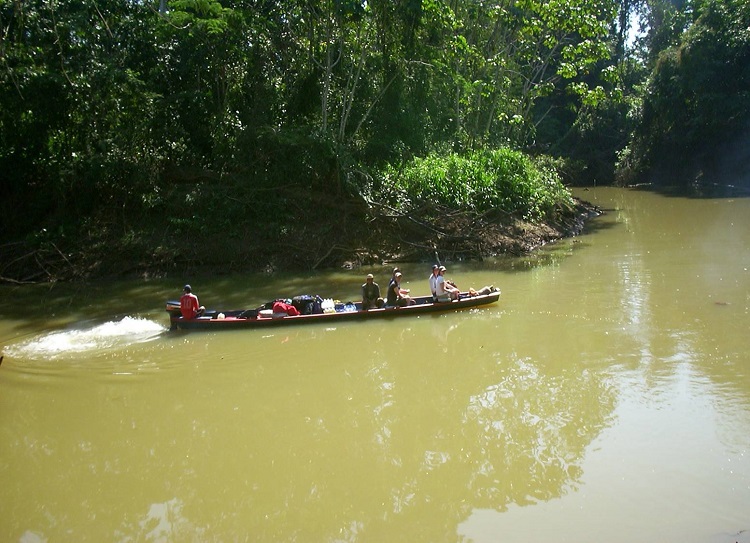
Photo Credit: Malu Barrientos
- Experienced local guide
- Accommodation in rustic cabins and/or tents
- Meals and drinks (water/juices)
- Guided tours and activities
- Night Safaris on foot and/or vehicle
- Private Transportation by air from Santa Cruz – Noel Kempff – Santa Cruz
Tour Companies
The following are reputable companies offering daily and multi-day tours of Noel Kempff National Park:- Ruta Verde Bolivia
- Nick’s Adventures Bolivia
- Amboro Tours
Park Fees and Requirements
Entry is free however all visitors must register at the park rangers office before entering the national park.Getting There
Visitors can access Noel Kempff National Park via land or air: By Air Many of the communities located in the vicinity of the park, such as Florida, Porvenir, Piso Firme and Remanso have landing strips. The park has also landing strips in the area of Los Fierros, Flor de Oro, Mangabalito, Las Gamas and Huanchaca. Most people choose to fly via small plane to Noel Kempff National Par not only for the convenience, but for the magnificent views over the dense green jungle and cascading waterfalls. The average travel time from Santa Cruz is around 2.5 hours. By Land Please note: Roads are only accessible during the dry season using. A 4WD is required costing around $100 US per day to hire. North Side: Trans Bolivia bus company has one bus a week making the trip from Santa Cruz to the village of Remanso, located at the northwest corner of the park. From Remanso it is another five to nine hours by boat along the Rio Itines to Flor de Oro. Here you will find a tourist camp which is used as a base for excursions to the Feerico Ahlfeld and Arco Iris waterfalls. Alternatively you can catch the night bus from Santa Cruz to San Ignacio, where you can organize transport to and from the park. Your best bet is to head to the Noel Kempff SERNAP* Office in town and ask them for their advice on the best way to access the park at the time. Trips to the north side take a minimum of four days. South Side: Noel Kempff is a 700 kilometer drive from Santa Cruz. Along the way you will pass the Jesuit Mission towns of San Javie and Conception where you can explore the beautiful churches, have dinner and spend the night. From here, the remaining 200 kilometers is off-road driving onto the small village of La Florida which borders the park. If travelling by public transport, take a bus from Santa Cruz bound for Piso Firme or Remanso getting off at Las Lajas. From here it is another 35 kilometers to the small La Florida, however there is no public transport , so you will have to either hitch a lift with one of the logging trucks passing by or take a bicycle with you on the bus from Santa Cruz and ride the remaining distance. From La Florida there is a track which runs 35 kilometers into the park where you will find the camping grounds of Los Fierros. Alternatively you can catch the night bus from Santa Cruz to San Ignacio, where you can organize transport to and from the park. Your best bet is to head to the Noel Kempff SERNAP* Office in town and see if there are any 4WD’s available for hire in nearby La Florida. To get back to Santa Cruz you will need to take the once-a-week-bus from La Lajas back to Santa Cruz which only leaves on a Sunday. Trips to the south side take a minimum of 7 days. *SERNAP = National Service of Protected Areas. It’s a government institution in Bolivia charged with safeguarding the country’s protected areasWhere To Stay
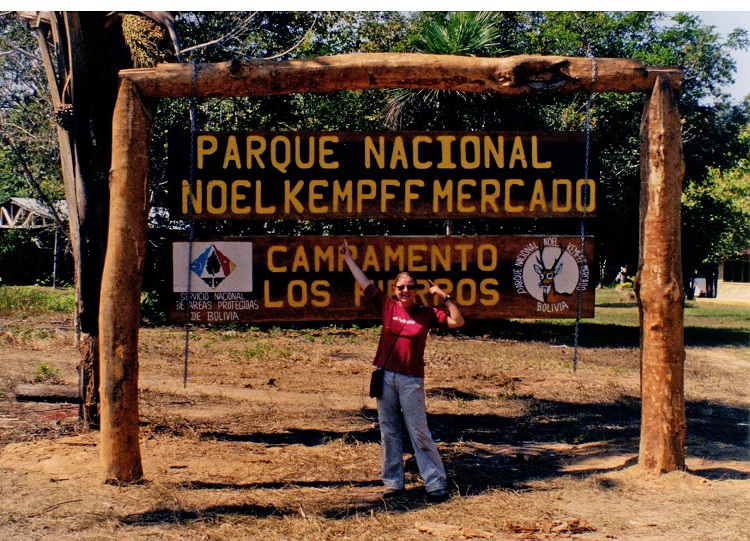
Photo Credit: World Heritage Map
- Flor de Oro has lodging capacity for up to 35 people in double occupancy cabins (each with private bathrooms), solar generated electricity (110 and 220 volts), a large kitchen/dining area, an observation tower and a large interpretation center.
- Los Fierros is a very run down lodge with capacity for up to 25 people. There is no running water or electricity and the nearest river is about 3 kilometers away. On the upside, there are over 40 kilometers of well developed trails including a self-guided interpretive trail.
Travel Tips
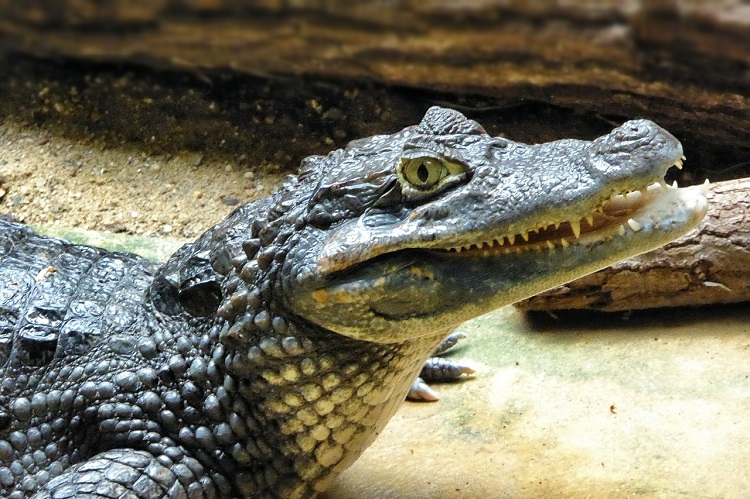
- Be aware that due to many years of neglect, much of Noel Kempff’s airstrips, roads and lodges have been destroyed making it very difficult for tourists to explore the park on their own.
- When exploring Noel Kempff National Park, a map and self-sufficiency are essential
- Be prepared for varying weather conditions. Bring a flashlight, sunscreen, sunglasses, hat, long sleeve shirt, long pants, insect repellent, boots and waterproof clothing
- To minimize the risk of malaria and insect bites, wear long sleeved shirts and trousers, sleep under a mosquito net and use insect repellent containing DEET, especially at night (see our guide to protecting yourself against mosquitoes). We also recommend consulting a physician prior to visiting Noel Kempff to get the most up to date advice on medications and vaccinations
- Do not feed or touch wildlife as it changes their natural behavior and encourages interaction with humans
- Take only pictures, leave only footprints. Don’t remove anything from the park including plants, nuts, seeds etc.

